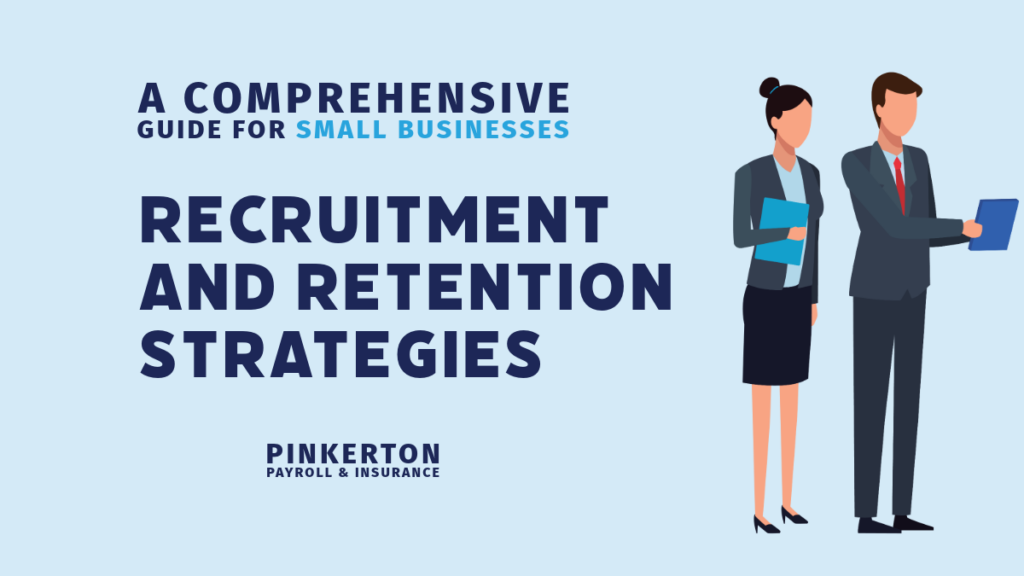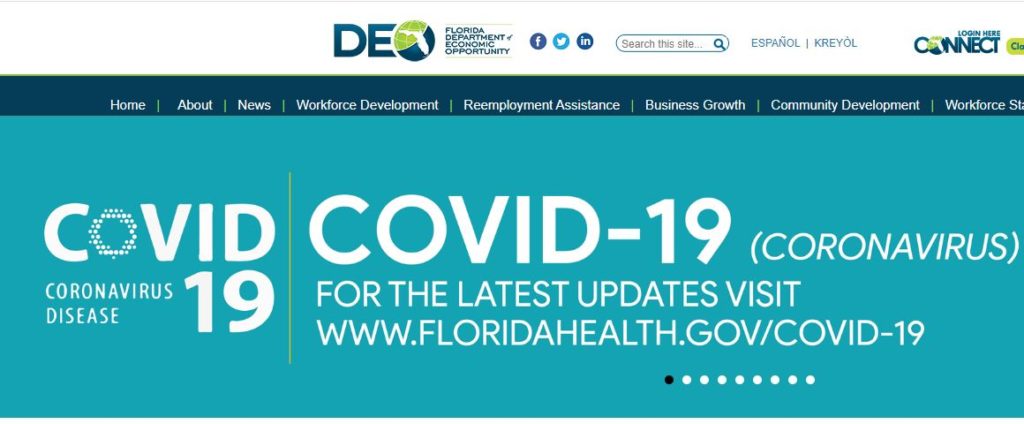How to Choose a Payroll Provider for Small Businesses in Tampa, Florida
Identify the Needs of Your Small Business Start with clarity. Define your payroll landscape before engaging providers. Consider how often you run payroll, how many employees and contractors you have, and whether you’re dealing with multi-location or multi-state payroll issues. In a dynamic city like Tampa, where businesses are growing fast, payroll complexity can increase quickly. If you’re also seeking solutions for employee benefits, time tracking, or group health insurance near me, finding a provider that can handle these integrations alongside payroll should be high on your checklist. Focus on Compliance CapabilitiesOne of the most important—and often overlooked—factors in choosing a payroll provider is their ability to keep your business compliant. Payroll compliance involves adhering to federal, state, and local regulations, from tax filings to wage laws and reporting obligations. In Florida, businesses must navigate specific payroll regulations, including unemployment insurance, minimum wage standards, and proper classification of employees versus contractors. Tampa-based businesses may also face local tax obligations or benefit mandates depending on their structure. Partnering with a provider like Pinkerton, which combines robust payroll software with Florida-based compliance expertise, ensures you’re covered. The ability to automatically calculate and remit taxes, generate W-2s and 1099s, and stay updated with labor law changes should be a non-negotiable feature. Understand Payroll Software Pros and Cons Not all payroll software is created equal. Many solutions on the market offer automation and integrations, but they vary widely in terms of ease of use, flexibility, and customer support. A key advantage of partnering with a local provider like Pinkerton is their use of UKG Ready payroll software—an enterprise-grade solution tailored for small business needs. This platform combines real-time payroll calculations, mobile access, and seamless integration with timekeeping, benefits administration, and accounting platforms. But even the most powerful platform can fall short without knowledgeable, accessible support. That’s where Pinkerton’s local Tampa-based team offers a competitive edge. You won’t be left navigating a software issue alone or dealing with offshore call centers—Pinkerton provides direct, local support when it matters most. Assess Integration and Ecosystem Capabilities A standalone payroll system may solve short-term needs, but if you’re aiming to build a resilient, scalable business in Tampa, think bigger. Your payroll system should integrate with: Your accounting software Time and attendance tools Employee self-service portals Human resources information systems Health and insurance benefits Pinkerton’s payroll solution supports more than 140 integrations, allowing businesses to manage employee lifecycle processes without bouncing between platforms or risking data entry errors. For small business owners, this means less admin burden and more time to focus on growth. When choosing a payroll provider, prioritize one that can function as the central hub for your workforce operations—not just a payroll engine. Weigh the Importance of Local Support There’s a big difference between calling a generic helpline and speaking with someone who understands your region’s business environment. Tampa’s labor force is unique, with a strong mix of service, technology, and professional industries—each with distinct payroll and HR needs. A payroll provider based in Florida, like Pinkerton, brings both geographic familiarity and personal accountability. You’ll get guidance that’s specific to your industry and region—not one-size-fits-all advice. Whether you’re dealing with seasonal labor, high turnover, or compliance audits, localized expertise ensures your provider is a partner, not just a vendor. This local partnership model enhances trust, reduces onboarding friction, and simplifies ongoing operations—especially if you’re scaling or adding new services like employee benefits or group health insurance near me. Budget for Real Costs with Transparency Understanding the full cost of payroll services is essential. Many platforms advertise low base prices, but fail to include the full range of fees—from tax filing surcharges to year-end processing or direct deposit add-ons. Avoid surprises by asking providers to clearly outline: Base monthly charges Per-employee fees Setup or onboarding costs Fees for benefits administration or ACA reporting Additional services like workers’ comp, garnishment processing, or HR compliance support Pinkerton stands out by offering transparent pricing and bundling options that include HR, insurance, and compliance—all tailored to the needs of Tampa small businesses. When evaluating options, consider the cost of not having certain features. For example, inaccurate tax filings could lead to penalties that far outweigh the monthly service fee. Evaluate Future Scalability Tampa is a growth city, and if you’re part of that expansion, you need a payroll system that grows with you. Whether you’re opening a second location, expanding into remote teams, or hiring contractors in new states, your payroll system should be ready to scale. Pinkerton’s use of UKG Ready provides the horsepower to handle advanced payroll structures, multi-location tax setups, and increased reporting requirements. Plus, their team proactively monitors changes to employment laws that may affect your future operations. Choose a payroll partner that treats your business not just as it is now—but as it could be.Choose a Provider That Offers More Than Payroll While payroll is essential, it’s just one part of a broader workforce strategy. Many small business owners in Tampa are seeking providers that can deliver a full package—including HR support, employee benefits, insurance solutions, and compliance guidance. Pinkerton offers: Group health insurance packages designed for small businesses Workers’ compensation and general liability insurance Time and attendance tracking Employee onboarding tools Full-service HR support Bundling these services with payroll simplifies your back-office operations, ensures consistency, and often delivers cost savings through integrated systems and shared data environments. Look at Real Client Reviews and Responsiveness When selecting a payroll provider, don’t just look at their website—look at what their clients say. Local reviews from other Tampa businesses provide insight into how the provider handles real-world issues. Look for comments about responsiveness, problem resolution, onboarding experience, and overall satisfaction. A provider that answers the phone, fixes issues promptly, and genuinely partners with your business is worth far more than one that just processes payroll on time. Pinkerton’s reputation in the Southwest Florida region is built on decades of dependable, personalized service—a track record that’s earned them long-standing partnerships with businesses of every size. Final Thoughts Choosing
How to Choose a Payroll Provider for Small Businesses in Tampa, Florida Read More »








